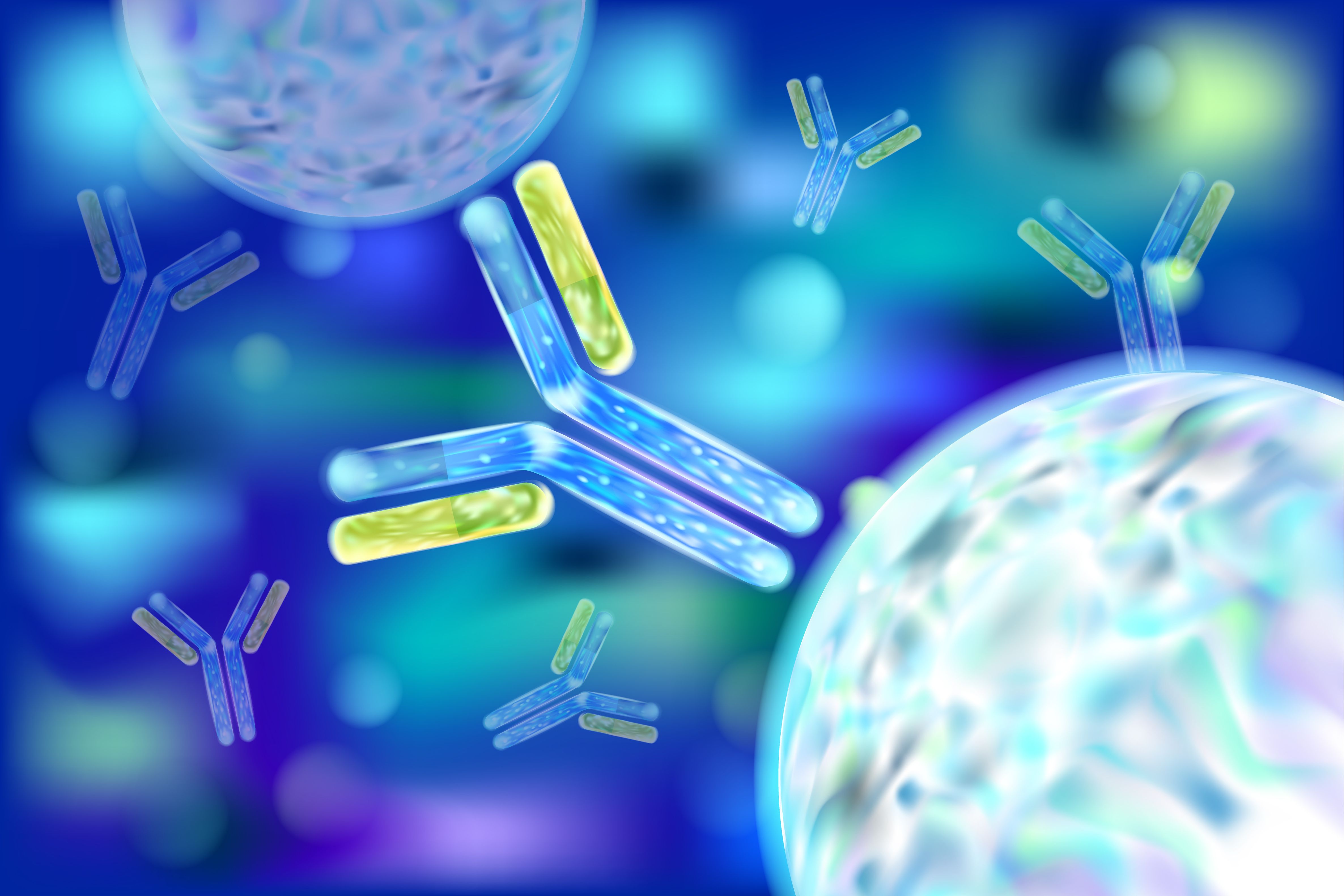News
Article
Talquetamab and Teclistamab Achieve Deep, Durable Responses in Patients With Relapsed, Refractory Multiple Myeloma
Author(s):
Key Takeaways
- Talquetamab and teclistamab combination therapy achieved an 80% overall response rate in RRMM patients, including those with extramedullary disease.
- The therapy was associated with significant treatment-related adverse events, including grade 3 or 4 infections and hematologic events in 96% of patients.
The combination yields promising results but was associated with high incidence of toxicity and infection.
Talquetamab (Talvey; Janssen Biotech Inc) and teclistamab (Tecvayli; Janssen Biotech Inc) combination therapy achieved deep, durable responses in patients with relapsed or refractory multiple myeloma (RRMM), according to data from the RedirecTT-1 trial (NCT04586426). However, despite statistically significant overall response rates (ORR), the therapy was associated with high incidence of toxicity and infections.1
Bispecific antibodies | Image Credit: © Galina - stock.adobe.com

RRMM is challenging to treat, and treatment responses typically worsen with each progressive line of therapy. Novel targeted therapies, such as monoclonal antibodies and bispecific antibodies (BsAbs), greatly improved outcomes for patients who need additional therapies. Talquetamab and teclistamab are 2 BsAbs that have improved outcomes for patients as monotherapies, leading to their FDA approvals based on data from the MonumenTAL-1 (NCT03399799) and MajesTEC-1 (NCT03145181) trials, respectively.2,3
In the phase 1b/2, dose escalation RedirecTT-1 trial, investigators sought to identify the recommended phase 2 regimen and characterize safety, as well as evaluate the anticancer activity of RRMM and extramedullary disease (EMD). In phase 1, they investigated 5 dose levels before selecting talquetamab at a dose of 0.8 mg per kilogram of body weight plus teclistamab at a dose of 3.0 mg per kilogram every other week for the phase 2 study. The primary objective was to evaluate adverse events and dose-limiting toxic effects.4
The trial involved a total of 94 patients, of which 44 received the recommended phase 2 regimen. At the median follow-up of 20.3 months, patients achieved an ORR of 80%, including as those with EMD (61%). This response was observed across all dose levels, which occurred in 78% of patients. The likelihood of treatment response continuation at 18 months was 86% in patients with RRMM, 82% among those with EMD, and 77% across all dose levels.4
Despite positive responses, there were significant treatment-related adverse events (TRAEs) and infections were highly associated with the talquetamab and teclistamab combination. Of the trial population, 3 patients experienced dose-limiting toxic effects including grade 4 thrombocytopenia in 1 patient with the recommended phase 2 regimen. Common TRAEs across all dose levels were cytokine release syndrome, neutropenia, taste changes, and non-rash skin events. Grade 3 or 4 hematologic events and infections occurred in 96% and 64% of patients, respectively.4
The study results show the capabilities of talquetamab and teclistamab to yield deep and durable responses. However, there remains a need for continued study to determine the optimal dose and mitigate instances TRAEs.4
"In this study, talquetamab plus teclistamab had a similar safety profile to each agent as monotherapy, although the observed incidence of grade 3 or 4 infections was higher with the combination than with talquetamab or teclistamab as monotherapies," reported the study authors in their conclusions. "On the basis of these results, this dual-targeting, off-the-shelf combination therapy warrants further investigation in patients with [RRMM]."5






